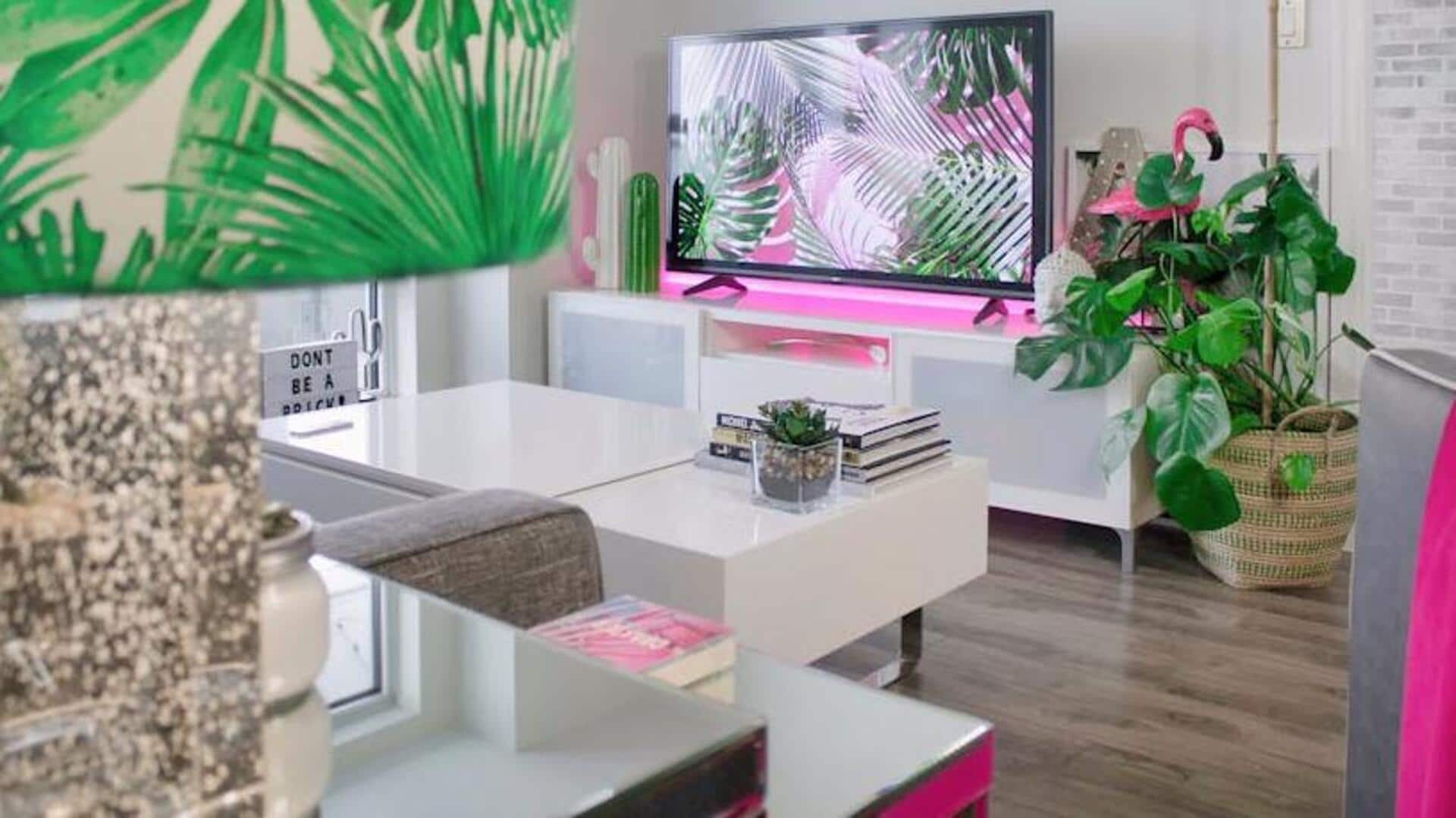
Smart tips to organize your small space like a pro
What's the story
Organizing a small space requires the right strategies to make the most out of every inch. Be it a compact apartment or tiny office, smart storage solutions, decluttering techniques and creative arrangements can turn cluttered areas into functional, pleasant environments. These practical tips will help you make the most of limited space without feeling overwhelmed.
Vertical storage
Utilize vertical space effectively
In small spaces, vertical storage is essential to make the most of available room. Think about installing shelves or cabinets that go up to the ceiling to keep stuff that is hardly used. This way, you keep the essentials within reach, while making floor space available for other activities. Further, hooks and pegboards on walls can offer handy places to hang tools or accessories.
Dual-purpose furniture
Multi-functional furniture choices
Opting for multi-functional furniture is an ideal way to save space in smaller areas. Look for pieces like sofa beds or ottomans with hidden storage compartments. They serve dual purposes by providing seating and additional storage options at the same time. Foldable tables and chairs also make for great choices, as they can be easily stored away when not in use.
Decluttering strategy
Declutter regularly and ruthlessly
Regular decluttering is integral to keeping a small space organized. Dedicate some time every month to go through your belongings and see what you really need. Donate/sell items that no longer serve a purpose or spark joy. By surrounding yourself with only what you need and love, you create more room to breathe and eliminate visual clutter.
Color & lighting techniques
Smart use of color and light
Using light colors on walls and furniture can give the illusion of a larger area, as it reflects more light around the room. Incorporate mirrors strategically to bounce natural light around the space during daytime hours. This adds depth visually at night with artificial lighting sources, such as lamps. These are placed strategically around key areas where needed most often, like reading nooks near windowsills, etcetera.